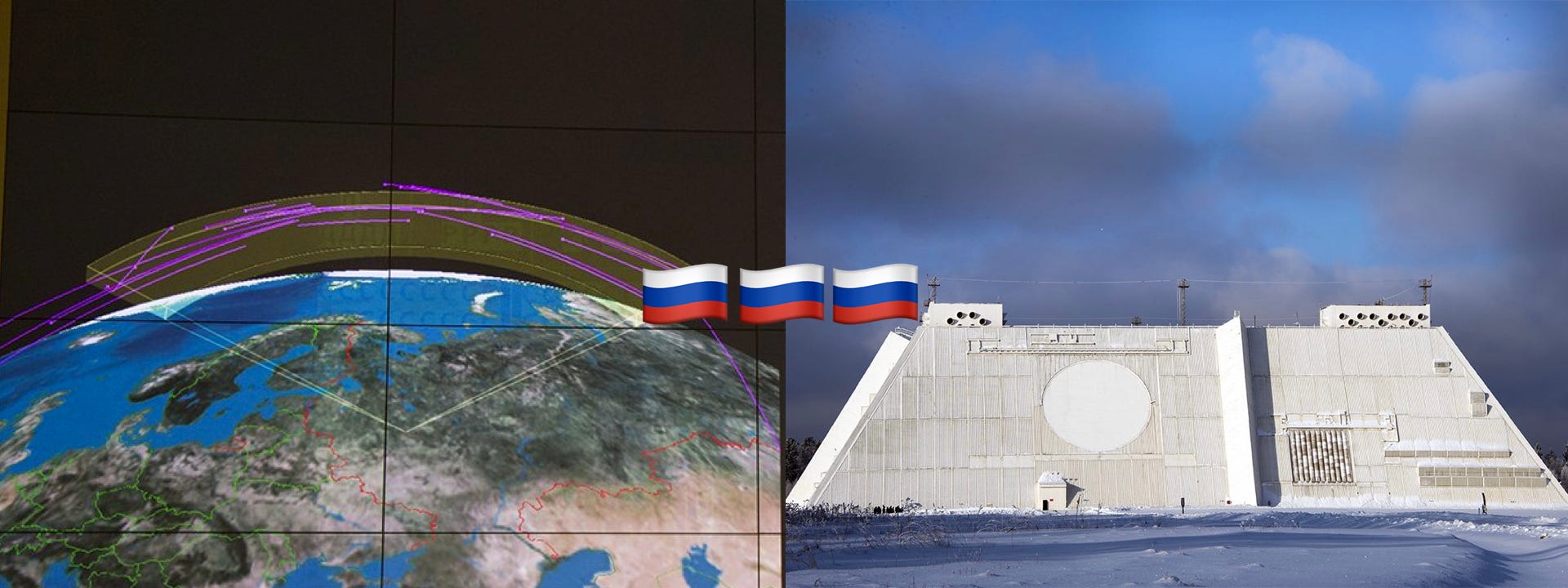 On February 12, the Russian Ministry of Defense proudly announced its second successful test of the new PRS-1M interceptor missile. @DFRLabreported on the first successful test in November 2017, in which the interceptor missile hit a mock target. We took a quick look at the second PRS-1M test and the A-135 anti-ballistic missile system (NATO reporting name: ABM-3 Gorgon) guarding Moscow.
On February 12, the Russian Ministry of Defense proudly announced its second successful test of the new PRS-1M interceptor missile. @DFRLabreported on the first successful test in November 2017, in which the interceptor missile hit a mock target. We took a quick look at the second PRS-1M test and the A-135 anti-ballistic missile system (NATO reporting name: ABM-3 Gorgon) guarding Moscow.
Russian media channel TV Zvezda released a news report, which covered the latest PRS-1M test in Sary-Shagan, Kazakhstan.
According to the report, the second test took place at the same Sary-Shagan missile site in the Republic of Kazakhstan as the previous test in November. Geolocation data corroborated that claim.
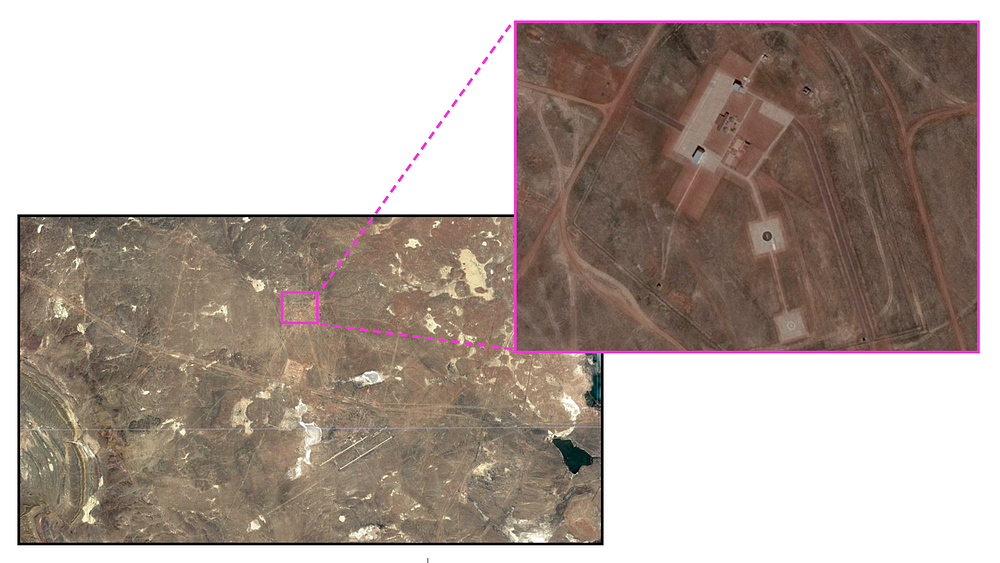 Possible launch site. (Source: GoogleMaps)
Possible launch site. (Source: GoogleMaps)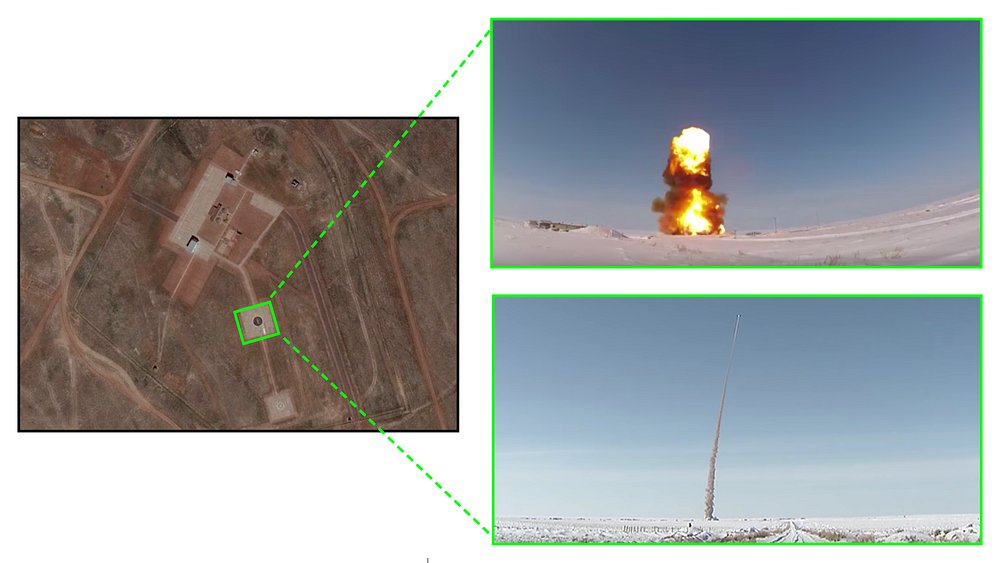 Possible launch site. Left: (Source: GoogleMaps); Top Right: (Source: YouTube / @mod_russia); Left Right: (Source: YouTube / @mod_russia).
Possible launch site. Left: (Source: GoogleMaps); Top Right: (Source: YouTube / @mod_russia); Left Right: (Source: YouTube / @mod_russia).
The PRS-1M was tested in this instance in cold weather conditions, and — according to the report —still successfully hit the mock target. The very fact that the Russian military publicized both tests suggested the PRS-1M is a successful project. Many reports suggested this was the last missile test before active deployment.
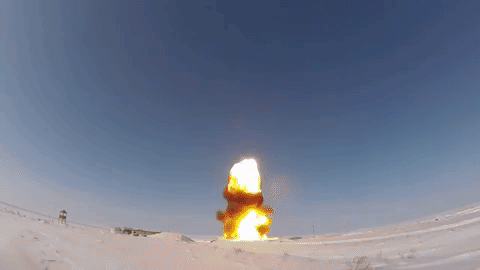 (Source: YouTube / @mod_russia)
(Source: YouTube / @mod_russia)
The interceptor was expected to replace the obsolete 53T6/PRS-1 (NATO reporting name GAZELLE) short-range anti-ballistic missile, which served as part of an A-135 anti-ballistic missile shield protecting Moscow from a possible nuclear strike.
The A-135 anti-ballistic missile (ABM) system is equipped with an air defense and anti-missile defense unit of the Russian Air and Space Forces, and was designed to protect the city of Moscow and surrounding industrial areas from air and space attack. The ABM system became operational in 1995 and was consistently upgraded.
A-135 ABM systems consists of the Don-2N radar (NATO reporting name: Pill Box) and two types of anti-ballistic missiles, including the 53T6/PRS-1 short-range and 51T6 (NATO reporting name: SH-11 Gorgon) long-range missiles. The 51T6 long-range component was deactivated in 2007 and a new type of missile is currently being developed, while 53T6/PRS-1 missile is at the final stages of replacement. TV Zvezda news provided a glimpse into the the Don-2N radar and its capabilities.
Judging by the official Russian Ministry of Defense pictures, the Don-2N radar is able monitor airspace in large portions of Russia and Europe.
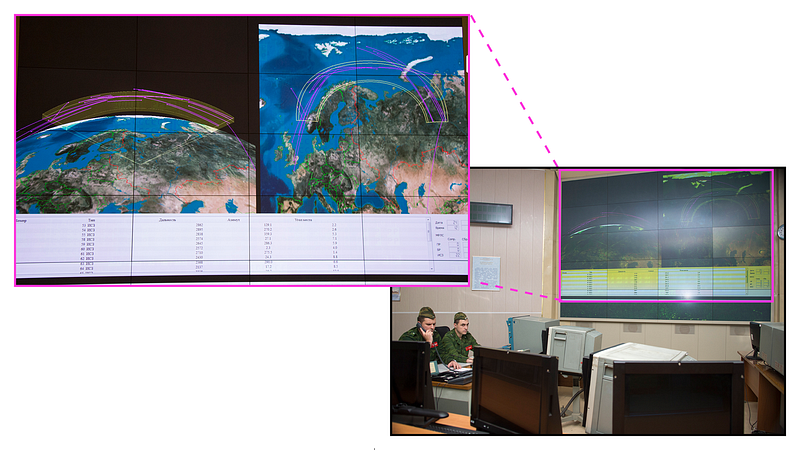 The scope of Don-2N radar. (Source: Russian MoD)
The scope of Don-2N radar. (Source: Russian MoD)
Russian MoD pictures also suggested the new PRS-1M rockets may already be in the process of deployment. A mobile missile container similar to the one used in the PRS-1M test was captured near the in A-135 ABM system’s missile launch silos in Sofrino. The new PRS-1M missiles are expected to have a range of 350 kilometers at an altitude of 40,000 to 50,000 meters, according to various estimates.
Currently the A-135 system consists of 68 launcher silos of 53T6/PRS-1 rockets spread out in five locations (Sofrino, Karolev, Lytkarino, Skhodnya and Vnukovo) around Moscow and the Don-2N radar. The 16 launchers of 51T6 long-range launchers are positioned in two locations (Naro-Fominsk and Sergiyev Posad), but are currently decommissioned. Each location is pinpointed on the map below.
The PRS-1M missiles successfully finished second testing process and areexpected to enter service soon. These missiles proved to be operational in cold weather conditions and the positive results were publicized for the second time. Photos released by the Russian MoD suggested that these missiles might already be deployed with the A-135 ABM system.
Russia continues to actively develop the anti-ballistic missile system, arguably capable of defending Moscow against nuclear threats. @DFRLab will continue to monitor Russian nuclear military developments and exercises.
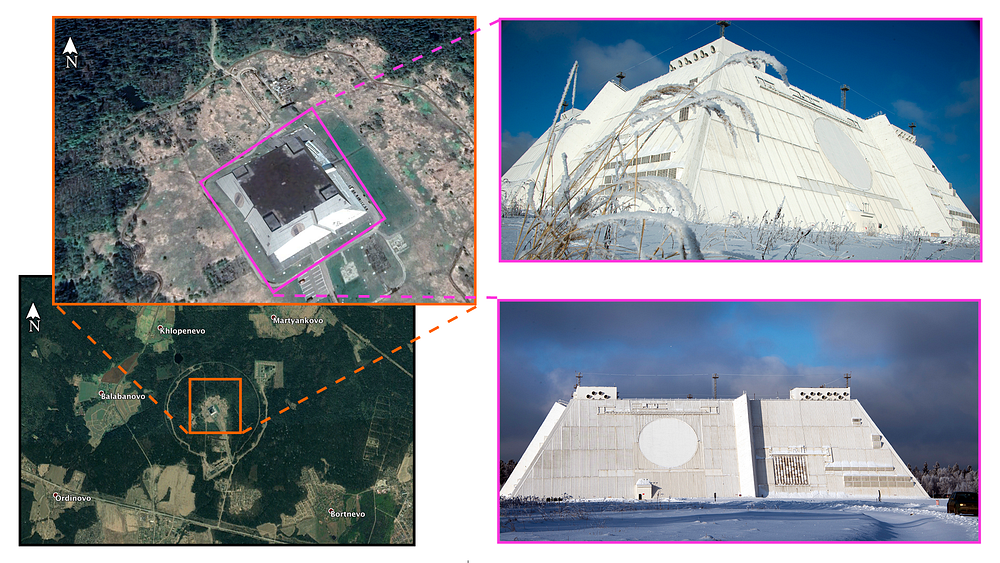
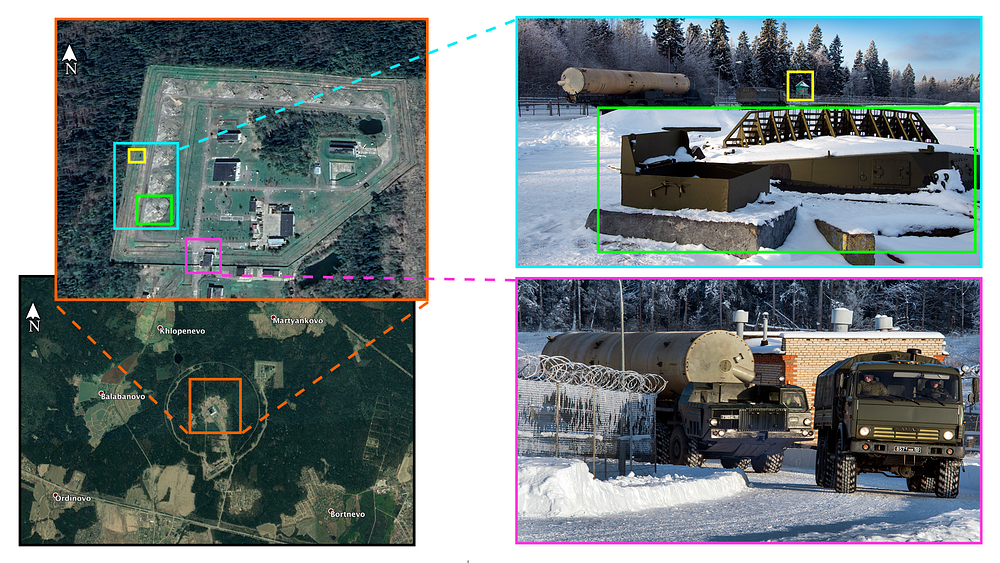 Missile launching silos in Sofrino. Left: (
Missile launching silos in Sofrino. Left: (
No comments:
Post a Comment